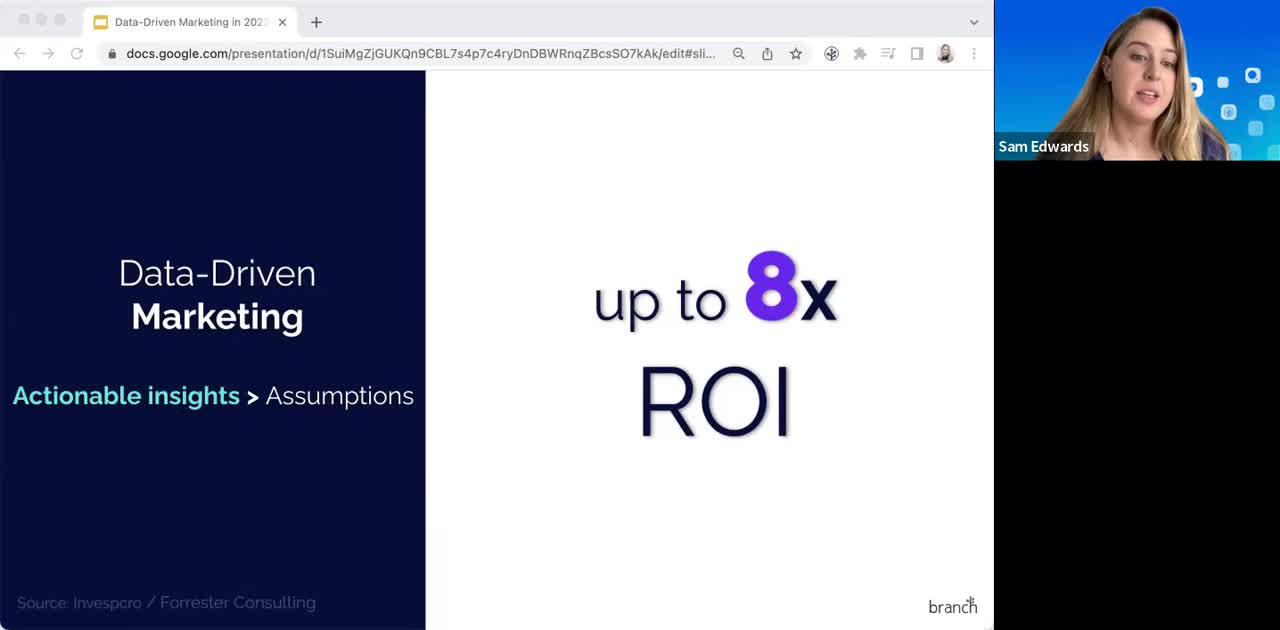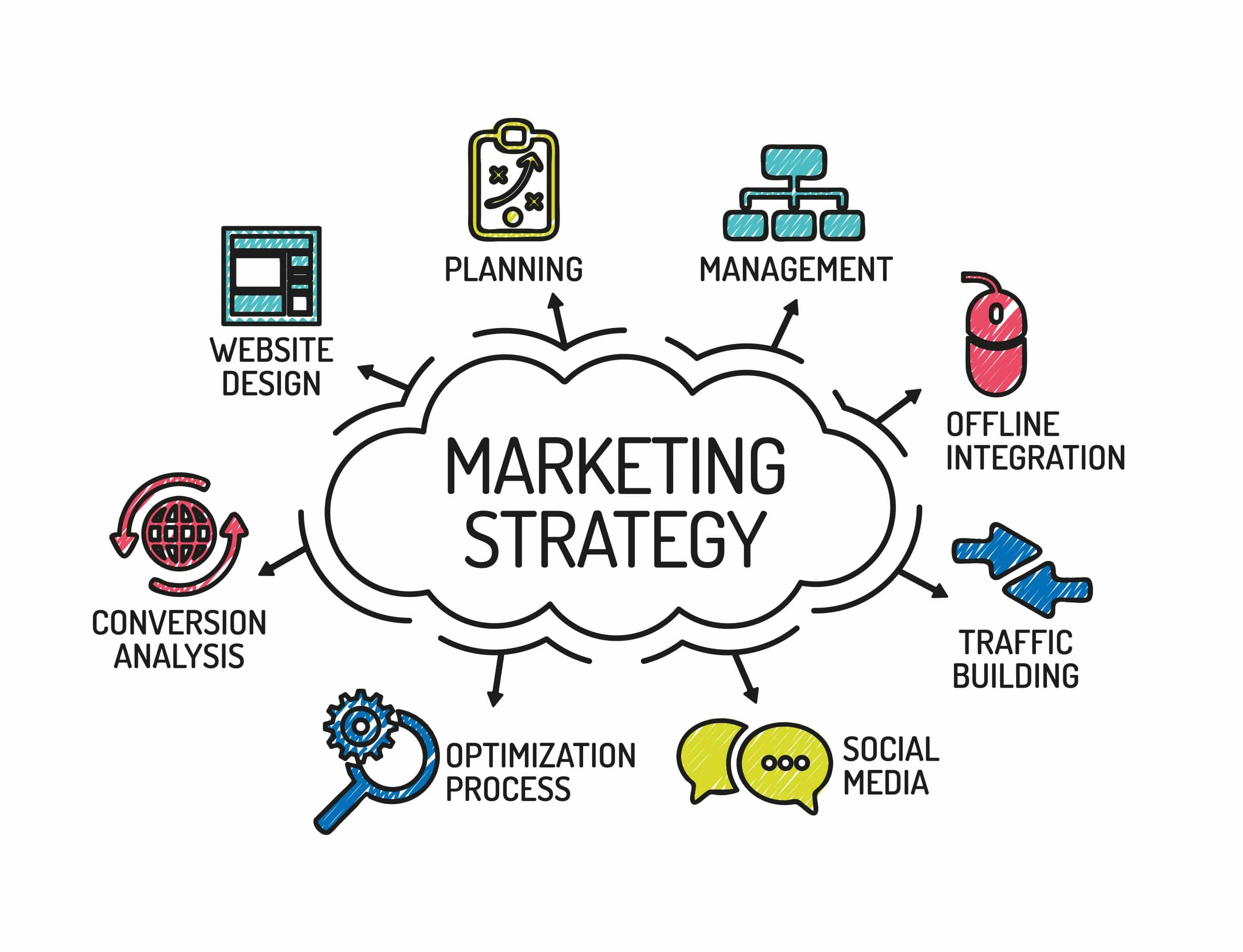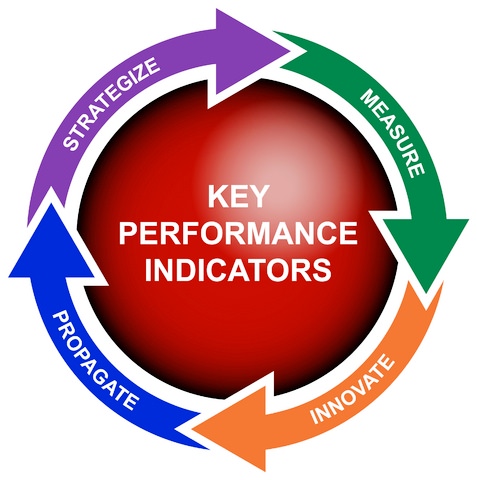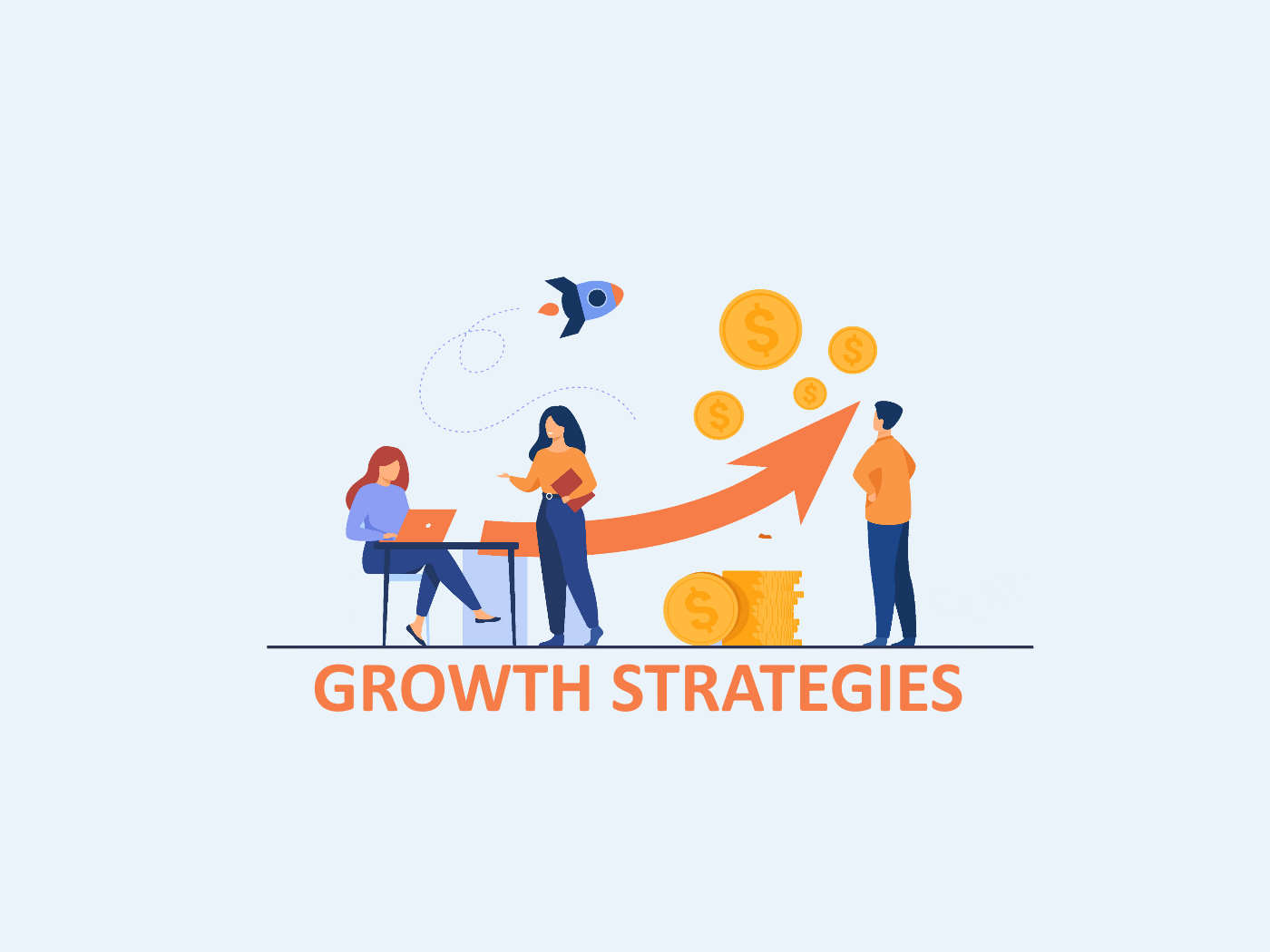Unlocking the Power of Data-Driven Decision Making
Data-driven decision making is the backbone of successful startup growth marketing strategies. By leveraging data and analytics, startups can make informed decisions that drive growth, improve efficiency, and increase revenue. The role of analytics tools and metrics such as customer acquisition cost (CAC) and lifetime value (LTV) cannot be overstated. These metrics provide valuable insights into the effectiveness of marketing campaigns and help startups optimize their marketing spend.
For instance, a startup that tracks its CAC and LTV can identify which marketing channels are generating the most valuable customers and allocate its budget accordingly. This data-driven approach enables startups to maximize their return on investment (ROI) and achieve sustainable growth. Moreover, analytics tools such as Google Analytics and Mixpanel provide startups with a wealth of data on customer behavior, preferences, and demographics, enabling them to create targeted marketing campaigns that resonate with their audience.
Furthermore, data-driven decision making enables startups to measure the effectiveness of their marketing strategies and make data-driven decisions to optimize their growth marketing efforts. By tracking key performance indicators (KPIs) such as website traffic, conversion rates, and customer retention, startups can identify areas for improvement and make data-driven decisions to drive growth. For example, a startup that notices a decline in website traffic can analyze its data to identify the cause of the decline and make data-driven decisions to optimize its marketing campaigns and improve its website traffic.
In addition, data-driven decision making enables startups to stay ahead of the competition by identifying trends and patterns in their data. By analyzing their data, startups can identify opportunities to innovate and experiment with new marketing strategies, enabling them to stay ahead of the competition and achieve sustainable growth. In conclusion, data-driven decision making is a critical component of successful startup growth marketing strategies, enabling startups to make informed decisions, optimize their marketing spend, and achieve sustainable growth.
Building a Strong Foundation with Inbound Marketing
Inbound marketing is a crucial component of successful startup growth marketing strategies. By creating valuable content, leveraging social media, and optimizing for SEO, startups can attract and engage with their target audience, drive website traffic, and generate leads. The key to inbound marketing is to provide value to potential customers, rather than simply promoting products or services.
One of the most effective ways to create valuable content is through blogging. By publishing high-quality, informative, and engaging blog posts, startups can establish themselves as thought leaders in their industry, attract organic search traffic, and drive conversions. For example, a startup that publishes a series of blog posts on industry trends and best practices can attract a large following and establish itself as a trusted authority in the industry.
Social media is another critical component of inbound marketing. By leveraging platforms such as Twitter, LinkedIn, and Facebook, startups can engage with their target audience, share valuable content, and drive website traffic. For instance, a startup that shares its blog posts on social media can drive traffic to its website and attract new followers.
Search engine optimization (SEO) is also essential for inbound marketing. By optimizing their website and content for search engines, startups can improve their visibility, drive organic search traffic, and attract new customers. For example, a startup that optimizes its website for keywords such as “startup growth marketing strategies” can attract organic search traffic and establish itself as a trusted authority in the industry.
Successful inbound marketing campaigns require a deep understanding of the target audience, their needs, and their pain points. By creating buyer personas and developing content that resonates with them, startups can attract and engage with their target audience, drive conversions, and achieve sustainable growth. For instance, a startup that creates a buyer persona for its ideal customer can develop targeted content that resonates with them and drives conversions.
Examples of successful inbound marketing campaigns include HubSpot’s blog, which attracts millions of visitors each month, and Moz’s SEO tools, which help businesses optimize their website for search engines. By following in the footsteps of these successful inbound marketing campaigns, startups can build a strong foundation for their growth marketing efforts and achieve sustainable growth.
How to Leverage User-Generated Content for Explosive Growth
User-generated content (UGC) is a powerful tool for startup growth marketing strategies. By encouraging customers to create content, startups can increase engagement, build trust, and drive conversions. UGC can take many forms, including reviews, testimonials, social media posts, and videos.
One of the key benefits of UGC is that it provides social proof. When customers see that others have had positive experiences with a product or service, they are more likely to trust the brand and make a purchase. For example, a startup that showcases customer reviews on its website can increase conversions by up to 20%.
Another benefit of UGC is that it can increase engagement. When customers are encouraged to create content, they are more likely to feel invested in the brand and share their experiences with others. For instance, a startup that runs a social media contest can increase engagement by up to 50%.
So, how can startups encourage customers to create UGC? One effective way is to run contests or incentives. For example, a startup can offer a discount or free product to customers who share a photo or video of themselves using the product. Another way is to make it easy for customers to create content by providing templates or guidelines.
Some successful examples of UGC campaigns include Coca-Cola’s “Share a Coke” campaign, which encouraged customers to share photos of themselves with personalized Coke bottles, and Starbucks’ “Red Cup Contest,” which encouraged customers to share photos of their holiday cups. By leveraging UGC, these brands were able to increase engagement, build trust, and drive conversions.
Startups can also use UGC to inform their growth marketing strategies. By analyzing customer-generated content, startups can gain insights into customer preferences, pain points, and behaviors. For example, a startup that analyzes customer reviews can identify areas for improvement and make data-driven decisions to optimize its marketing efforts.
In addition, UGC can be used to create a sense of community around a brand. By showcasing customer-generated content, startups can create a sense of belonging and encourage customers to share their experiences with others. For instance, a startup that creates a customer showcase on its website can increase customer loyalty and retention.
The Science of Viral Marketing: Understanding the Psychology of Sharing
Viral marketing is a powerful tool in the arsenal of startup growth marketing strategies. It has the potential to catapult a brand into the stratosphere, generating massive buzz and driving unprecedented levels of engagement. But what makes content go viral? Is it simply a matter of luck, or is there a science behind it?
Research has shown that viral marketing is closely tied to the psychology of sharing. When people share content, they are often motivated by a desire to connect with others, to express themselves, and to feel a sense of belonging. This is why content that taps into emotions, such as joy, surprise, or inspiration, is more likely to go viral.
Another key factor in viral marketing is social influence. When people see others sharing content, they are more likely to share it themselves. This is why influencer marketing has become such a popular tactic in startup growth marketing strategies. By partnering with influencers who have large followings, startups can tap into their audience and increase the chances of their content going viral.
Cognitive biases also play a significant role in viral marketing. For example, the availability heuristic, which is the tendency to overestimate the importance of information that readily comes to mind, can make content more likely to go viral. This is why content that is surprising, unusual, or counterintuitive is often more likely to be shared.
So, how can startups harness the power of viral marketing to drive growth? Here are a few strategies to consider:
1. Create content that taps into emotions. Use storytelling techniques, vivid imagery, and compelling narratives to create content that resonates with your audience.
2. Leverage social influence. Partner with influencers, run social media contests, and encourage user-generated content to increase the chances of your content going viral.
3. Use cognitive biases to your advantage. Create content that is surprising, unusual, or counterintuitive to make it more memorable and shareable.
4. Make it easy to share. Use social sharing buttons, optimize your content for mobile, and make sure your website is user-friendly to reduce friction and increase sharing.
By understanding the psychology of sharing and harnessing the power of viral marketing, startups can drive growth, increase engagement, and build a loyal community of fans. Whether you’re a seasoned marketer or just starting out, incorporating viral marketing into your startup growth marketing strategies can have a significant impact on your bottom line.
Maximizing ROI with Paid Advertising Channels
Paid advertising is a crucial component of startup growth marketing strategies, offering a powerful way to reach new audiences, drive traffic, and generate leads. However, with so many channels to choose from, it can be challenging to maximize return on investment (ROI). In this section, we’ll explore the benefits and challenges of popular paid advertising channels, including Facebook, Google Ads, and LinkedIn, and provide tips on how to optimize ad targeting, bidding, and creative assets.
Facebook is one of the most popular paid advertising channels, with over 2.7 billion monthly active users. Its advertising platform offers a range of targeting options, including demographics, interests, behaviors, and custom audiences. To maximize ROI on Facebook, focus on creating high-quality ad creative, including eye-catching images and compelling copy. Use Facebook’s built-in analytics tools to track performance and adjust targeting and bidding strategies accordingly.
Google Ads is another highly effective paid advertising channel, offering a range of targeting options, including keywords, demographics, and location. To maximize ROI on Google Ads, focus on creating high-quality ad copy and landing pages that are optimized for conversions. Use Google’s built-in analytics tools to track performance and adjust bidding strategies accordingly.
LinkedIn is a powerful paid advertising channel for B2B startups, offering a range of targeting options, including job title, industry, and company size. To maximize ROI on LinkedIn, focus on creating high-quality ad creative, including compelling copy and eye-catching images. Use LinkedIn’s built-in analytics tools to track performance and adjust targeting and bidding strategies accordingly.
Regardless of the paid advertising channel, there are several key strategies to keep in mind to maximize ROI:
1. Set clear goals and objectives: Before launching a paid advertising campaign, it’s essential to set clear goals and objectives. What do you want to achieve? Are you looking to drive traffic, generate leads, or boost sales?
2. Target your audience: Paid advertising channels offer a range of targeting options, including demographics, interests, and behaviors. Use these options to target your ideal audience and maximize ROI.
3. Optimize ad creative: High-quality ad creative is essential for maximizing ROI. Focus on creating eye-catching images and compelling copy that resonates with your target audience.
4. Monitor and adjust: Paid advertising channels offer a range of analytics tools to track performance. Use these tools to monitor performance and adjust targeting and bidding strategies accordingly.
5. Test and iterate: Paid advertising is an ongoing process that requires continuous testing and iteration. Test different ad creative, targeting options, and bidding strategies to find what works best for your startup.
By following these strategies and leveraging the power of paid advertising channels, startups can maximize ROI and drive growth. Whether you’re a seasoned marketer or just starting out, incorporating paid advertising into your startup growth marketing strategies can have a significant impact on your bottom line.
Measuring and Optimizing Growth with Key Performance Indicators
Key performance indicators (KPIs) are a crucial component of startup growth marketing strategies, providing a way to measure progress, identify areas for improvement, and inform data-driven decisions. By tracking the right KPIs, startups can optimize their growth marketing efforts, drive more conversions, and ultimately, achieve their goals.
So, what KPIs should startups be tracking? Here are some of the most important ones:
1. Website traffic: This KPI measures the number of visitors to your website, providing insight into the effectiveness of your inbound marketing efforts.
2. Conversion rates: This KPI measures the percentage of website visitors who complete a desired action, such as filling out a form or making a purchase.
3. Customer retention: This KPI measures the percentage of customers who remain loyal to your brand over time, providing insight into the effectiveness of your customer success efforts.
4. Customer acquisition cost (CAC): This KPI measures the cost of acquiring a new customer, providing insight into the effectiveness of your marketing and sales efforts.
5. Lifetime value (LTV): This KPI measures the total value of a customer over their lifetime, providing insight into the potential return on investment (ROI) of your marketing and sales efforts.
By tracking these KPIs, startups can gain a deeper understanding of their growth marketing efforts and make data-driven decisions to optimize their strategies. Here are some tips for using KPIs to inform growth marketing decisions:
1. Set clear goals and objectives: Before tracking KPIs, it’s essential to set clear goals and objectives. What do you want to achieve? Are you looking to drive more website traffic, increase conversion rates, or boost customer retention?
2. Use KPIs to identify areas for improvement: By tracking KPIs, startups can identify areas for improvement and optimize their growth marketing efforts accordingly.
3. Use KPIs to measure the effectiveness of marketing campaigns: KPIs can be used to measure the effectiveness of marketing campaigns, providing insight into which channels and tactics are driving the most conversions.
4. Use KPIs to inform product development: KPIs can be used to inform product development, providing insight into which features and functionalities are most important to customers.
5. Use KPIs to measure the ROI of marketing and sales efforts: KPIs can be used to measure the ROI of marketing and sales efforts, providing insight into which channels and tactics are driving the most revenue.
By incorporating KPIs into their startup growth marketing strategies, startups can drive more conversions, boost revenue, and ultimately, achieve their goals. Whether you’re a seasoned marketer or just starting out, using KPIs to inform growth marketing decisions is essential for success.
Scaling Your Growth Marketing Efforts with Automation and Tools
As a startup grows, its growth marketing efforts must also scale to keep pace. However, manual processes and spreadsheets can only take you so far. That’s where automation and tools come in – to help streamline and optimize growth marketing efforts, freeing up time and resources for more strategic and creative work.
Marketing automation platforms are a key tool for scaling growth marketing efforts. These platforms allow you to automate repetitive tasks, such as email marketing and lead nurturing, and provide valuable insights into customer behavior and preferences. Some popular marketing automation platforms include Marketo, Pardot, and HubSpot.
Customer relationship management (CRM) systems are another essential tool for scaling growth marketing efforts. CRMs help you manage customer interactions and data, providing a single source of truth for customer information and behavior. Some popular CRMs include Salesforce, Zoho, and Freshsales.
Project management tools are also crucial for scaling growth marketing efforts. These tools help you manage multiple projects and tasks, assign responsibilities, and track progress. Some popular project management tools include Asana, Trello, and Basecamp.
Other tools that can help scale growth marketing efforts include:
1. Social media management tools, such as Hootsuite and Sprout Social, which help you manage multiple social media accounts and schedule posts.
2. Content management systems, such as WordPress and Drupal, which help you create, manage, and publish content.
3. Analytics tools, such as Google Analytics and Mixpanel, which provide valuable insights into customer behavior and preferences.
4. A/B testing and experimentation tools, such as Optimizely and VWO, which help you test and optimize different marketing tactics and strategies.
When selecting tools and automation platforms, consider the following factors:
1. Ease of use: Choose tools that are easy to use and require minimal training.
2. Integration: Choose tools that integrate with your existing systems and processes.
3. Scalability: Choose tools that can scale with your business, providing the flexibility and customization you need.
4. Cost: Choose tools that fit within your budget, providing a clear return on investment (ROI).
By leveraging automation and tools, startups can scale their growth marketing efforts, drive more conversions, and ultimately, achieve their goals. Whether you’re a seasoned marketer or just starting out, incorporating automation and tools into your startup growth marketing strategies is essential for success.
Staying Ahead of the Competition with Continuous Innovation
In today’s fast-paced and competitive startup landscape, staying ahead of the curve is crucial for success. Continuous innovation is key to driving growth, improving customer satisfaction, and maintaining a competitive edge. In this section, we’ll explore the importance of staying up-to-date with the latest growth marketing trends and strategies, and provide tips on how to foster a culture of innovation and experimentation within your startup.
Why is continuous innovation so important? For one, it allows startups to stay ahead of the competition and adapt to changing market conditions. By embracing new technologies, trends, and strategies, startups can improve their products and services, enhance customer experiences, and drive growth.
So, how can startups foster a culture of innovation and experimentation? Here are some tips:
1. Encourage experimentation: Encourage your team to try new things, take risks, and experiment with new ideas. This will help create a culture of innovation and experimentation within your startup.
2. Stay up-to-date with industry trends: Stay informed about the latest growth marketing trends and strategies. Attend conferences, read industry blogs, and participate in online forums to stay ahead of the curve.
3. Invest in research and development: Invest in research and development to stay ahead of the competition. This will help you identify new opportunities, improve your products and services, and drive growth.
4. Collaborate with other startups: Collaborate with other startups to share knowledge, resources, and expertise. This will help you stay ahead of the competition and drive growth.
5. Measure and optimize: Measure the success of your growth marketing efforts and optimize your strategies accordingly. This will help you identify areas for improvement and drive growth.
Some of the latest growth marketing trends and strategies include:
1. Account-based marketing: This involves targeting specific accounts and decision-makers with personalized content and messaging.
2. Influencer marketing: This involves partnering with influencers to promote your products or services to their followers.
3. Artificial intelligence: This involves using AI to personalize customer experiences, improve marketing automation, and drive growth.
4. Video marketing: This involves using video content to engage with customers, promote products or services, and drive growth.
5. Podcasting: This involves using podcasting to engage with customers, promote products or services, and drive growth.
By embracing continuous innovation and staying up-to-date with the latest growth marketing trends and strategies, startups can drive growth, improve customer satisfaction, and maintain a competitive edge. Whether you’re a seasoned marketer or just starting out, incorporating continuous innovation into your startup growth marketing strategies is essential for success.







